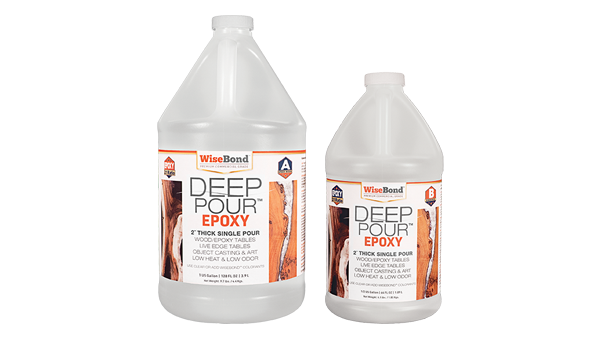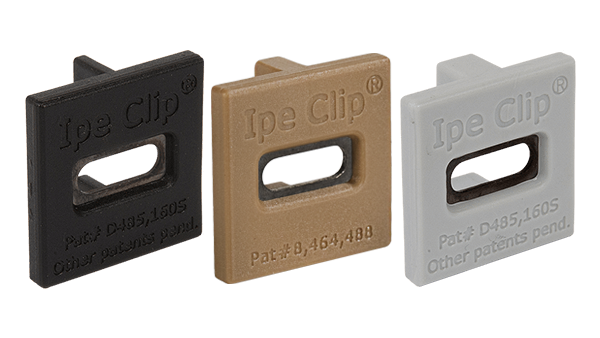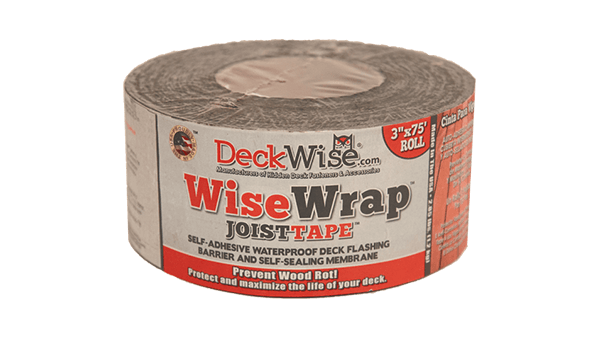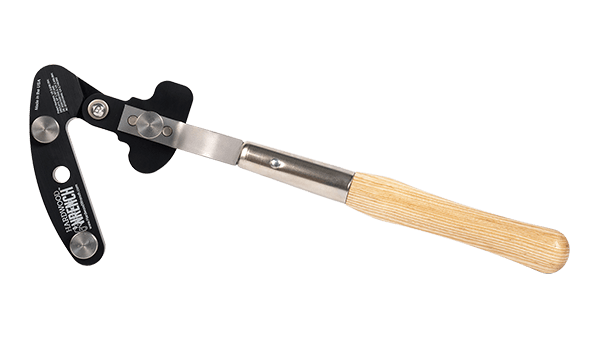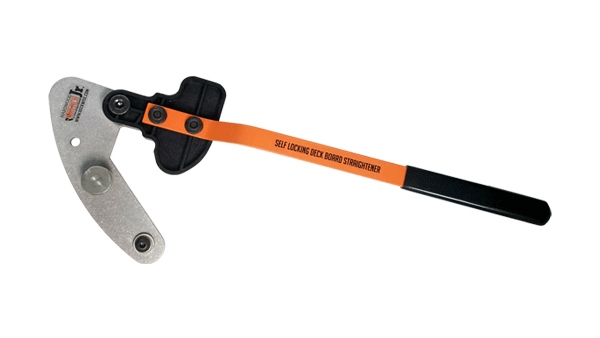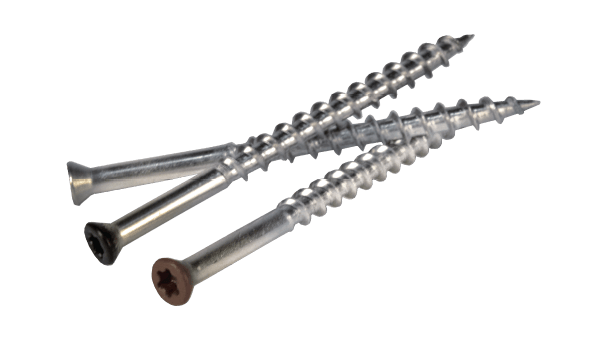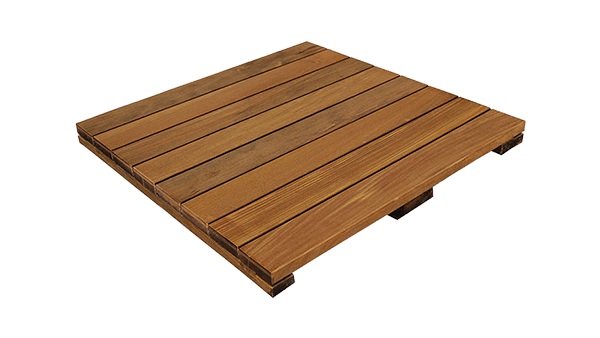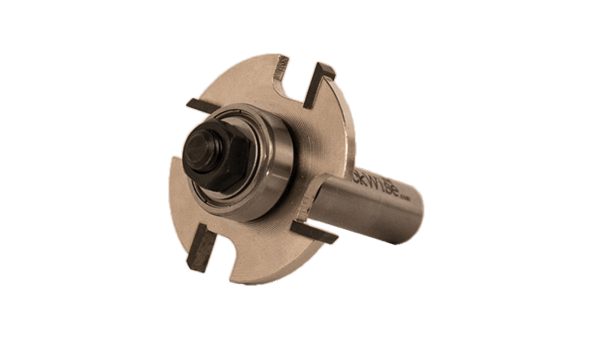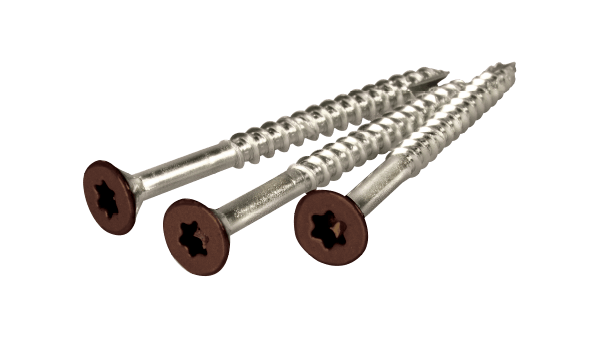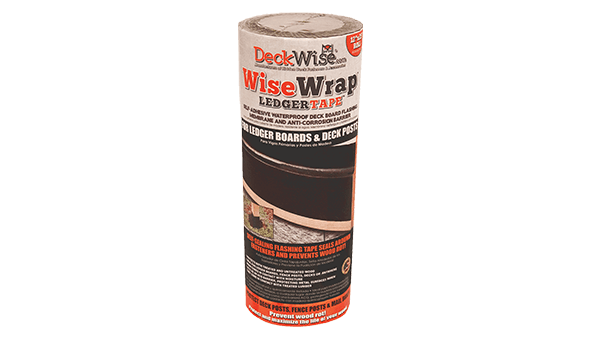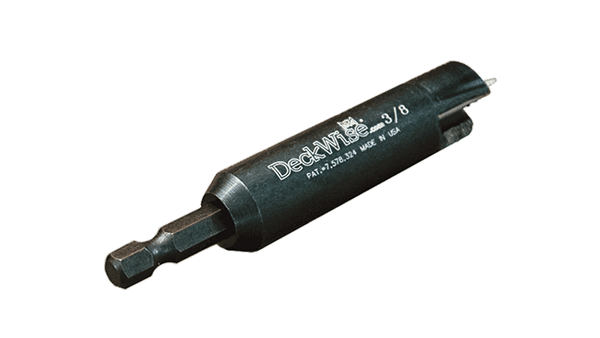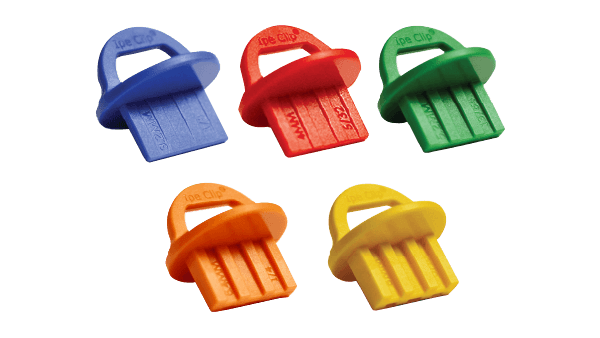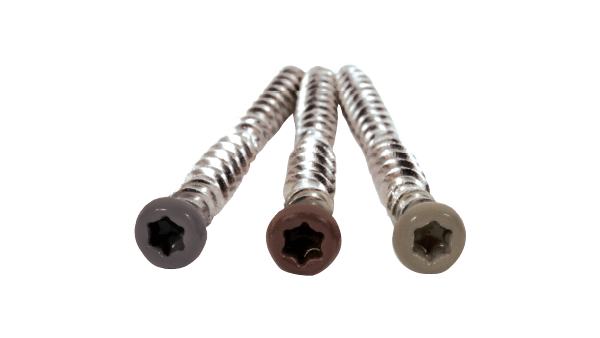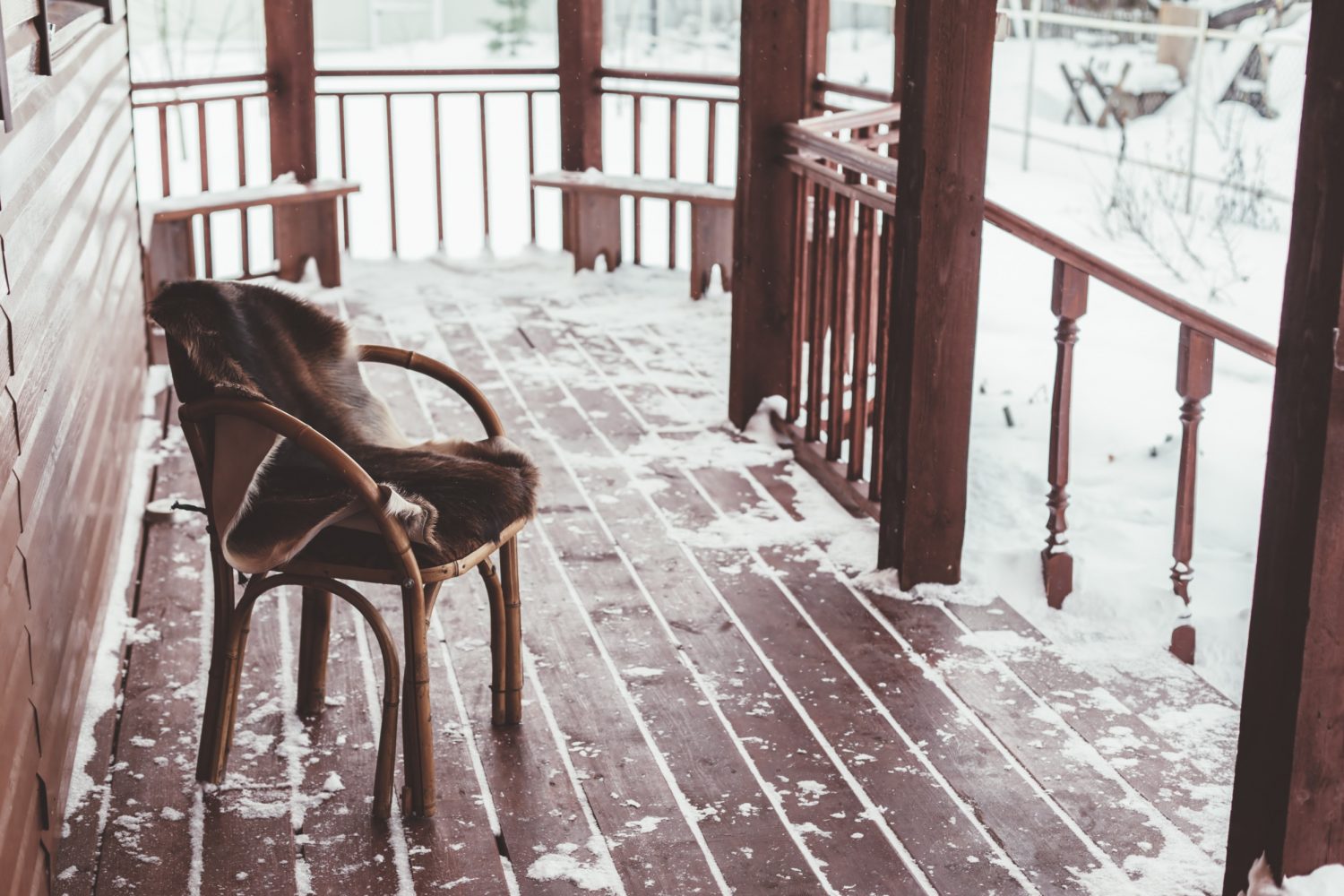
Winter is Coming. Is Your Deck Prepared?
As winter approaches and temperatures drop, homeowners across cold-weather regions will face the challenge of keeping ice and snow off their decks safely. The accumulation of snow can easily turn to ice on outdoor surfaces and not only pose safety concerns, but can also lead to damaging your deck over time. With the right product, strategy and proactive measures, homeowners can effectively prevent dangerous ice buildup on decking. The following are proactive measures for an ice-free deck throughout the winter months.
- Regular Maintenance: Start your winter deck care routine with a thorough cleaning in the fall. Remove dirt, debris, and any algae that might be on the surface. We suggest the DeckWise® Cleaner (Part 1) and Brightener (Part 2), some water and a stiff bristle brush. For more information visit: Wood Deck Cleaner and Brightener
- Apply a Protective Coat of Deck Finish: Before winter arrives and after a good cleaning of your deck, consider applying a high-quality deck finish. A fresh protective layer acts as a barrier against moisture, reducing the chances of ice forming. The DeckWise® hardwood finishes such as Ipe Oil™ Plus™ or WiseCoat® all-purpose deck finish are also sealers and perfect choices for adding a preventative protective coat. For more information visit: Ipe Oil® VS WiseCoat®
- Remove Snow from Surface: Be vigilant once the snow starts to fall by removing it promptly. Snow that accumulates during the day can melt on the deck surface and freeze overnight, creating hazardous ice patches. Remove snow from decking with a broom or leaf blower if possible. Metal and plastic shovels can scratch the decking, chip, or damage the surface of your deck boards. Although heavy snowfalls may require a shovel, a broom can easily whisk away enough snow from the deck surface to reduce ice buildup later.
- Ice Melt Products: Ice melt products like rock salt (aka, Sodium Chloride) are abrasive and not an efficient deicer at temperatures below 15 degrees F. Likewise they can be damaging to the surrounding soil, and potentially be harmful to plants and animals. If using granular ice melt, DeckWise® has found that chloride free alternative products that use Sodium Formate as the active ingredient works best on wood and composite materials.
Another alternative to granular would be a liquid ice melt. The most frequently recommended deicer is Magnesium Chloride. Magnesium Chloride works well at low temperatures, is environmentally friendly, and will not harm surrounding soil, vegetation, or animals compared to other deicers. Magnesium Chloride melts ice quickly due to its hygroscopic properties, meaning it absorbs moisture. When it is applied to ice, it transforms the ice into a liquid slush or brine by drawing in moisture from the air which quickly starts melting the ice it is applied on. - Outdoor Rugs or Mats: Add an extra layer of protection and insulation to your deck with outdoor rugs or mats. They help prevent direct contact between snow and ice and your deck’s surface, making it easier to clear off when necessary. This is especially a good idea for commonly used pathways across the deck.
- Household Products: If you get stuck or caught unprepared and the snow has already begun to fall there are some household solutions that may work as deicing products. Try using a product that contains salt or sugar, like the juice/brine from a pickle jar, sugary soft drinks, or a make your own concoction of salt or sugar water. Pour the solution on the snow or ice, allow it to turn to slush, and then sweep away.
NOTE: With these winter deck care tips, you can ensure your deck remains safe and ice-free throughout the colder months. A combination of regular deck maintenance, protective sealants, prompt snow removal, careful use of ice melt products, and the addition of outdoor rugs or mats can all contribute to a safer winter.


